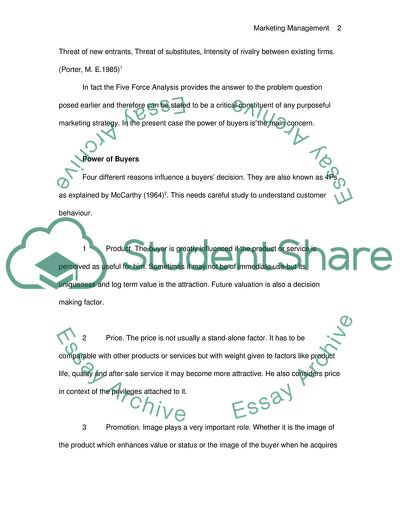Cite this document
(Marketing Management of Phoenix Energy Company Case Study, n.d.)
Marketing Management of Phoenix Energy Company Case Study. Retrieved from https://studentshare.org/marketing/1711096-marketing-management-analysis-and-decision
Marketing Management of Phoenix Energy Company Case Study. Retrieved from https://studentshare.org/marketing/1711096-marketing-management-analysis-and-decision
(Marketing Management of Phoenix Energy Company Case Study)
Marketing Management of Phoenix Energy Company Case Study. https://studentshare.org/marketing/1711096-marketing-management-analysis-and-decision.
Marketing Management of Phoenix Energy Company Case Study. https://studentshare.org/marketing/1711096-marketing-management-analysis-and-decision.
“Marketing Management of Phoenix Energy Company Case Study”, n.d. https://studentshare.org/marketing/1711096-marketing-management-analysis-and-decision.


